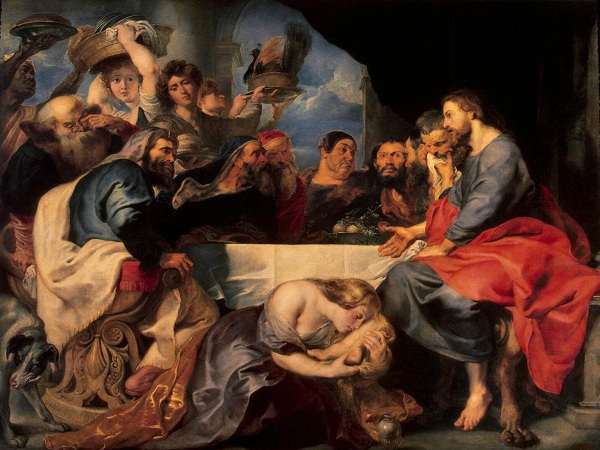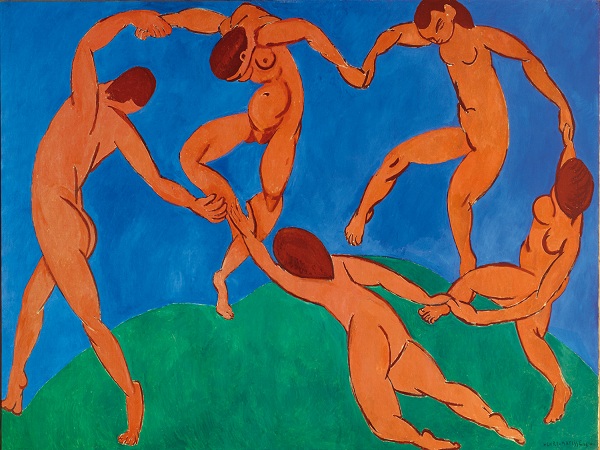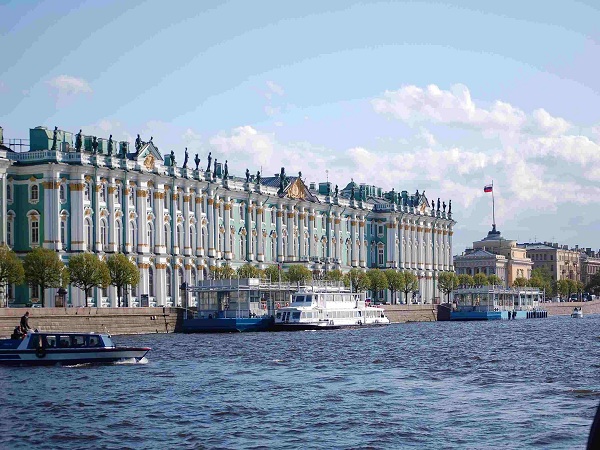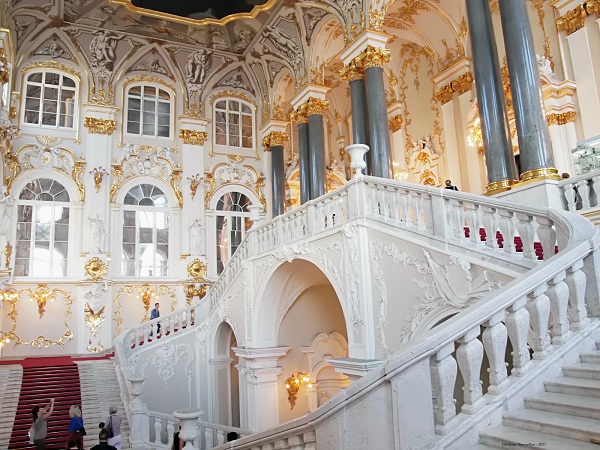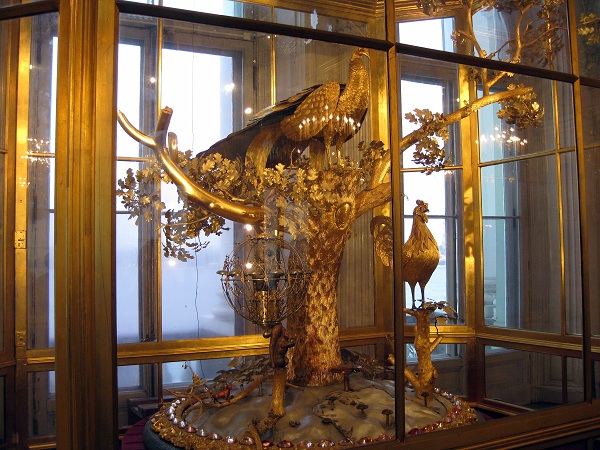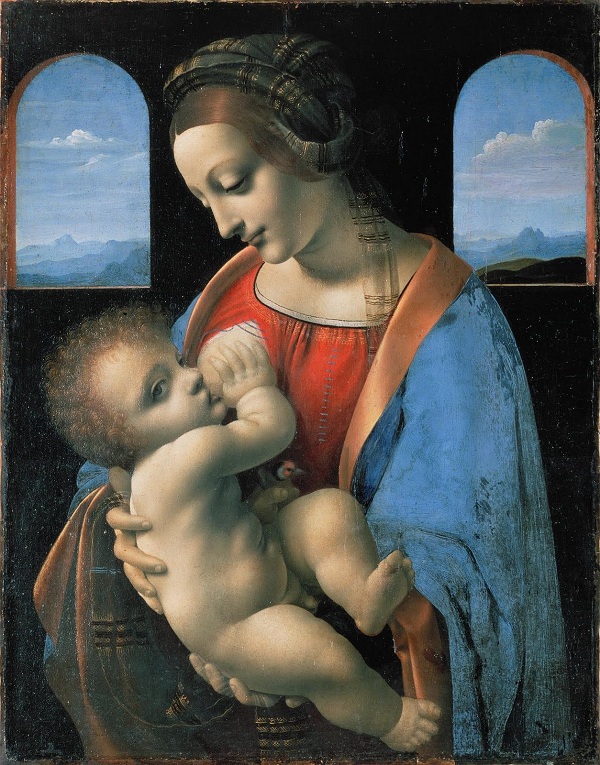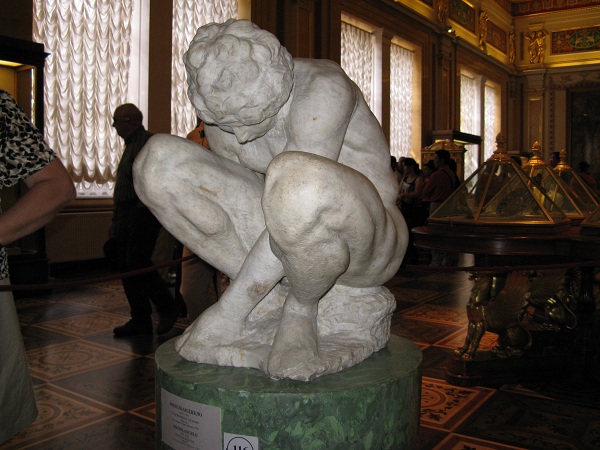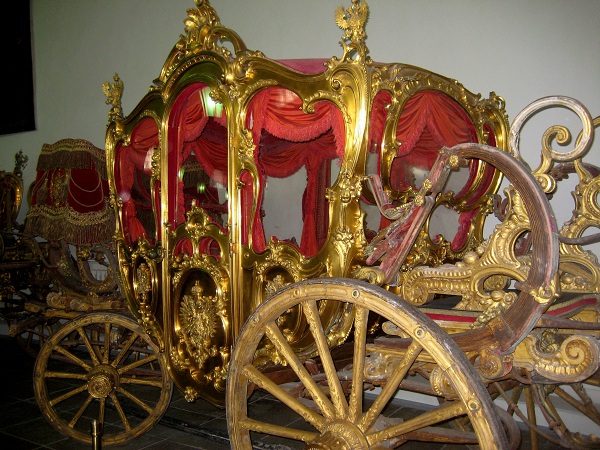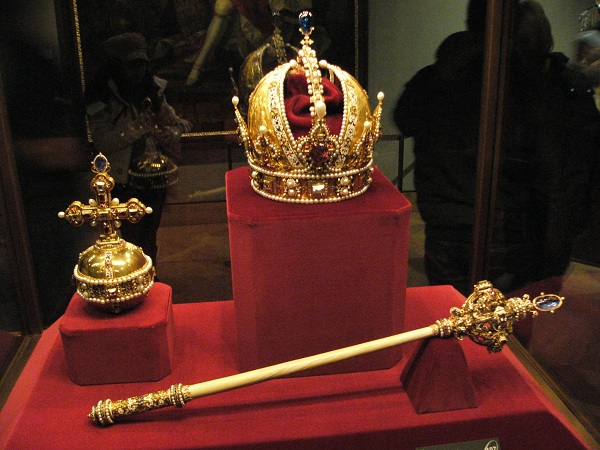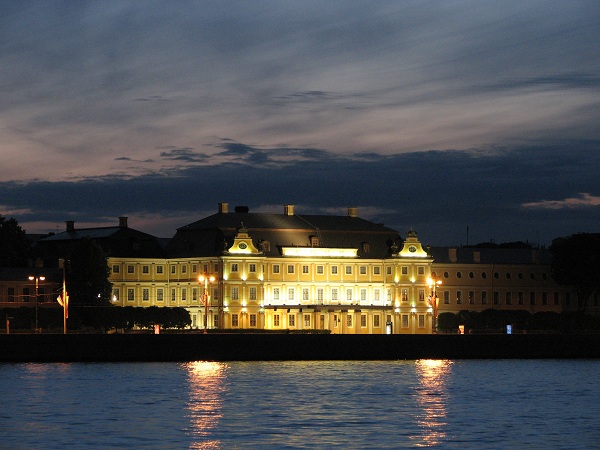I love you, Peter’s great creation,
I love your view of stern and grace,
The Neva wave’s regal procession,
The grayish granite –her bank’s dress…
One of the world’s largest and most respected museums drawing three and a half million visitors per year, the Hermitage in St. Petesburg is an art lover’s dream with 3 million masterpieces of art, collected over two and a half centuries and covering virtually every aspect of fine arts, from classical antiquity to 20th-century. Russian empress Catherine the Great founded the Hermitage in 1764 as a museum of the royal court. The collections occupy a large complex of six magnificent buildings, which themselves are as much masterpieces as the art housed inside of them.
From rare Rembrandts, da Vincis, Michelangelos and Picassos to ancient art from Greece, Italy, Rome and China, there is something to charm every visitor. There is so much to see and enjoy in this truly magical museum that a day or two won’t cover them all. Experts say that if you were to spend one minute looking at each exhibit, it would take you about 11 years to get out the exit. To help you in experiencing the best of the museum, we have piled up top masterpieces that are a must for any visitor to this stunning getaway that ranks among the Louvre in Paris, Prado in Madrid and Metropolitan in New York.
Winter Palace
Magnificently located on the bank of the Neva River, the Baroque-style Winter Palace, formerly the main residence of the Russian Tsars, is the main and the biggest building of Hermitage and the number one attraction of St. Petersburg with 1,786 doors, 1,945 windows, and 117 staircases; add to this 1,057 lavishly decorated splendid halls and rooms, many open to the public. It was built by the daughter of Peter Great, Empress Elizabeth Petrovna and the design was prepared by an outstanding architect Francesco Bartolomeo Rastrelli. The green-and-white three-story building occupies a whole block and dazzles visitors with its unique exterior, featuring an abundance of sculptures, vases and Corinthian style columns, placed over the ledges all around the building.
Of special interest is the main staircase of the Winter Palace, also known as the Jordan Staircase, since it was used by the royal family to go to the Neva River for christenings, adorned with statues, some of which were brought from Italy. Two broad flights of marble steps lead up to a landing, embellished with grey granite columns. On the ceiling, dating back to the 18th century, visitors can see the truly impressive painting by Gasparo Diziani, depicting Mount Olympus. Words are not enough to describe the beauty if this fascinating palace, but one thing is constant that it is a place to be seen to be believed!
The Peacock Clock at the Winter Palace is another not-to-be-missed piece of art, housed in the Pavilion Hall of the Small Hermitage, famous for its exquisite marble colonnade and crystal chandeliers. For more than 2 centuries now the Hermitage has been adorned by this 18th century unique exhibit that never fails to evoke the enchanted admiration of visitors. It consists of a glided peacock on a branch, a rooster, and an owl in a cage and still functions in its original unaltered condition. The clock was designed by the outstanding London jeweler and goldsmith James Cox and brought in pieces to St. Petersburg for Russian empress Catherine the Great in 1781.
Western European Art
The Department of Western European Art is the earliest in the Hermitage, which collection is regarded as one of the finest in the world, forming the nucleus of the Hermitage display. Based on the 225 paintings bought up by Catherine the Great to fill the walls of the Small and Great Hermitages, the collection has been expanded over the years, reflecting all the stages in the development of European art from the 13th to the 19th centuries. It occupies 120 rooms in the four museum buildings and includes numerous works by outstanding masters from Italy, Holland, England, Germany, Spain, France and other Western European countries.
The extensive collection of Italian painting occupies 30 rooms, proudly showcasing works by the great masters of the Renaissance, Leonardo da Vinci, Raphael, Giorgione and Michelangelo. The famous masterpieces include the original works of ‘Madonna with a Flower, 1478’ and ‘Madonna Litta, 1490-91’ by Leonardo da Vinci; ‘Madonna Conestabile, 1502-03’ and ‘The Holy Family, 1506’ by Raphael; as well as masterpieces by Giorgione and Tiziano Vecellio. What concerns to Italian sculpture of the 15th to 20th centuries, it is represented by a modest collection with the most unique examples of architecture including: ‘The Death of Adonis’ by Giuseppe Mazzuoli; ‘Crouching Boy’ by Michelangelo; ‘Cupid and Psyche’ by Antonio Canova and others.
Less fashionable, but equally fascinating is the large collection of French neoclassical painting, including works by Poussin and Lorrain.
The Gold Room
Of particular interest is also the interior of the Gold Room – an enticing large corner room that was once occupied by Grand Duchess Maria Alexandrovna. The Gold Room is a Treasure gallery in the museum with two sections demonstrating the gold jewelry of ancient nomadic tribes of Russia and jewelry pieces from the Gallery of Jewelry of the Imperial Hermitage created in more recent times. The Gold Room contains an amazing collection of archaeological finds, including the Siberian collection of Peter the Great, majestic Scythian gold stag from the 2nd century B.C., numerous royal gifts, and a fabulous collection of Western European jewelry designed by the most remarkable jewelers of the time.
Probably, the most striking object in the Gold Room collection is a horse attire presented to Nicolas I by the Sultan of the Ottoman Empire – Makhmud. The saddle cloth is encrusted with over sixteen thousand diamonds. Some of the masterpieces of the 18th-early 20th centuries include: Bouquet of flowers, made of precious and decorative stones in gold and silver settings (by Jérémie Pauzié); Hairpin with steel point and a spring (unknown craftsman); Rectangular snuffbox with sides (by Jérémie Pauzié); Decorative candlestick-vase (by Jean-Pierre Ador) and others. You’ll simply be struck by the beauty of the Golden Room but to enter this amazing room it is necessary to book a guided tour in advance. Photo/video is not allowed inside the Gold Room.
Antiquity
Well-worth to pay a visit is the antiquity department, boasting 106,000 items showcasing the art and culture of Ancient Greece, Rome and Italy, as well as ancient settlements on the Northern Black Sea coast. The remarkable Greece collection spans the period from 2,000 BC to 4th century AD, including amazing painted vases with the most interesting being a hydria showing the struggle between Hercules and the Triton by Exekias. What concerns to Greek sculpture, it is represented mainly by Roman copies; however, visitors will find a few original pieces that are of special importance. They include: a bronze statuette of a young athlete by Polycrates (6th century BC), a mirror stand in the form of Aphrodite (5th century BC) and the awe-inspiring figurine of Aphrodite playing with Eros. ( Gallery link )
The Ancient Italian collection represents items from various regions of pre-Roman Italy with the most interesting being objects from Etruria (covering the period from 8th to 6th centuries BC) and Greater Greece. Interesting are vases with mythological subjects and images of animals, as well as Etruscan ceramics, known as baccheri, made of smoked clay with smooth, clean forms and shiny polished surfaces.
The Menshikov Palace
Part of Hermitage since 1967, the Menshikov Palace (Menshikov was a good friend and companion of Peter the Great) is another highlight of the museum, housing a collection of Russian cultural artifacts from the early 18th century. In 1709 Peter the Great presented Vasilyevski Island to his favorite associate, the ‘Most Illustrious Prince’ A. Menshikov, and soon a magnificent palace began to grace the area. The palace’s impressively restored interiors and the Petrine-era décor are truly striking. Visitors come to admire the sumptuous Walnut Study with gilded pilasters, the walnut long-case clock and a portrait of Peter; the bedchamber of Alexander Menshikov with the ceiling and walls adorned with Dutch tiles featuring pastoral scenes and pictures of small sailing ships; the main staircase, emphasizing the historic character of the interior and the dining room, which was often used for ‘assemblies’ – parties with large numbers of guests. Menshikov palace virtual tour is also available on the official website of Hermitage.
